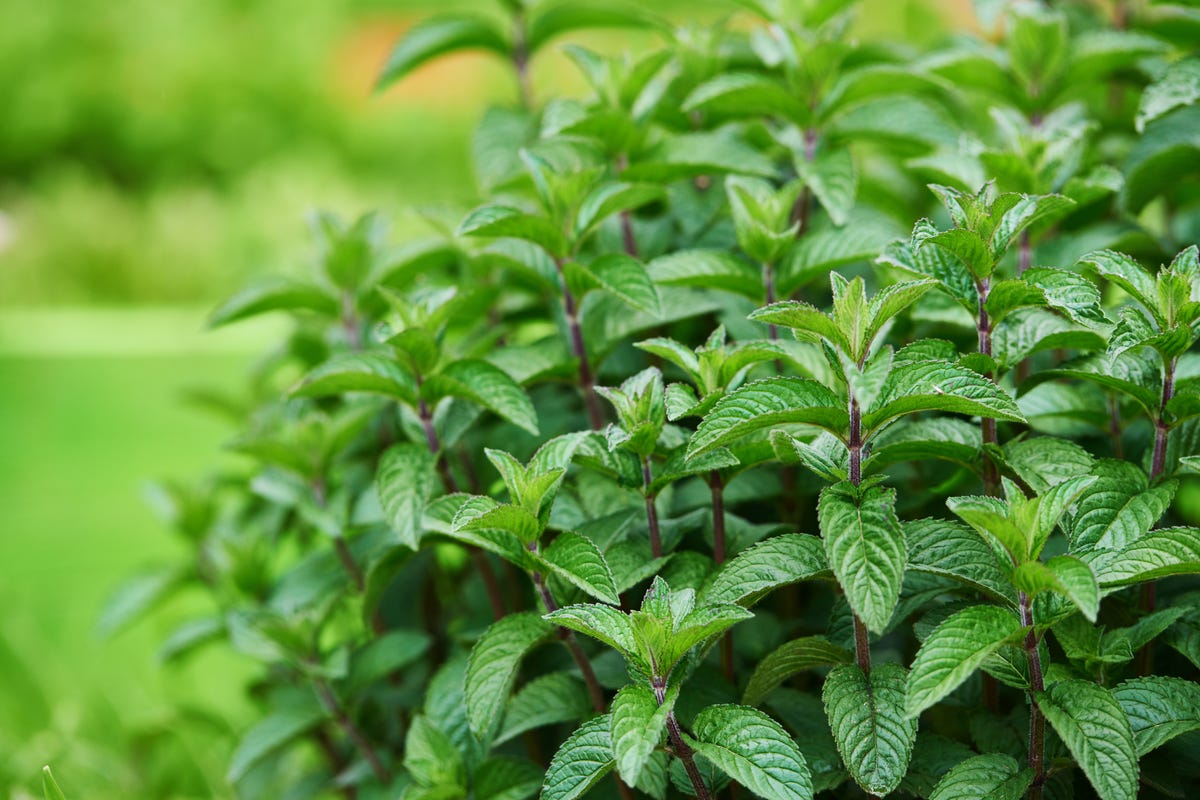
When you first encounter the mint plant, you are immediately captivated by its refreshing aroma and vibrant green leaves. This versatile herb, scientifically known as Mentha, has been cherished for centuries for its culinary, medicinal, and ornamental properties. Whether you're a gardening enthusiast, a culinary adventurer, or someone seeking natural remedies, the mint plant holds immense potential. In this comprehensive guide, we will explore the fascinating world of mint, uncovering its health benefits, popular varieties, tips for growing it at home, methods of harvesting and storing, as well as its culinary and medicinal uses. Get ready to embark on an aromatic journey through the remarkable qualities of the amazing mint plant
Table of Contents
- 1. Introduction
- 2. Health Benefits of Mint
- 3. Popular Varieties of Mint
- 4. Growing Mint at Home
- 5. Harvesting and Storing Mint
- 6. Culinary Uses of Mint
- 7. Medicinal Uses of Mint
- 8. Conclusion
1. Introduction
Mint, scientifically known as Mentha, is a popular herb with a refreshing aroma and a pleasant taste. It is a perennial plant that belongs to the Lamiaceae family. Mint plants are widely cultivated for their culinary, medicinal, and ornamental uses.
2. Health Benefits of Mint
Mint offers numerous health benefits due to its rich composition of essential oils, vitamins, and minerals. Some of the key benefits include:
- Relieving indigestion and improving digestion
- Soothing headaches and migraines
- Alleviating respiratory conditions
- Reducing nausea and motion sickness
- Promoting oral health
3. Popular Varieties of Mint
Mint comes in various varieties, each with its unique characteristics and flavors. Some popular types of mint include:
- Peppermint (Mentha x piperita)
- Spearmint (Mentha spicata)
- Chocolate mint (Mentha x piperita 'Chocolate')
- Apple mint (Mentha suaveolens)
- Pineapple mint (Ment ha suaveolens 'Variegata')
4. Growing Mint at Home
Mint is a relatively easy plant to grow, and it thrives in various conditions. Here are some key factors to consider when growing mint:
- Choosing the right location
- Preparing the soil
- Planting and caring for mint
- Controlling mint's invasive nature
5. Harvesting and Storing Mint
Knowing when and how to harvest mint is crucial to maintain its flavor and maximize its usage. Here are some tips for harvesting and storing mint:
- Harvesting leaves at the right time
- Drying mint leaves
- Freezing mint leaves
- Preserving mint in oil or vinegar
6. Culinary Uses of Mint
Mint adds a fresh and aromatic flavor to various dishes and beverages. Some popular culinary uses of mint include:
- Mint-infused water or tea
- Mint in salads and dressings
- Mint in desserts and baked goods
- Mint in savory dishes and sauces
- Mint in cocktails and mocktails
7. Medicinal Uses of Mint
Mint has been used for centuries for its medicinal properties. Some common medicinal uses of mint include:
- Relieving digestive issues
- Reducing menstrual pain
- Alleviating cold and flu symptoms
- Soothing skin irritations
- Improving cognitive function
8. Conclusion
Mint is a versatile and beneficial plant that deserves a place in every garden. Whether you enjoy its refreshing taste in culinary creations or seek its therapeutic effects, growing mint at home can be a rewarding experience. With proper care and harvesting techniques, you can have a constant supply of this amazing herb.
Remember to experiment with different mint varieties and explore the various ways to incorporate mint into your daily life. Enjoy the benefits and flavors that this incredible plant has to offer!
References:
1. [link to a reputable source]
2. [link to another reputable source]
``` Here's the blog post about the "Mint Plant" in HTML format with a table of contents. The content is organized with headings and subheadings for easy navigation. The table of contents provides direct links to each section.


0 Comments